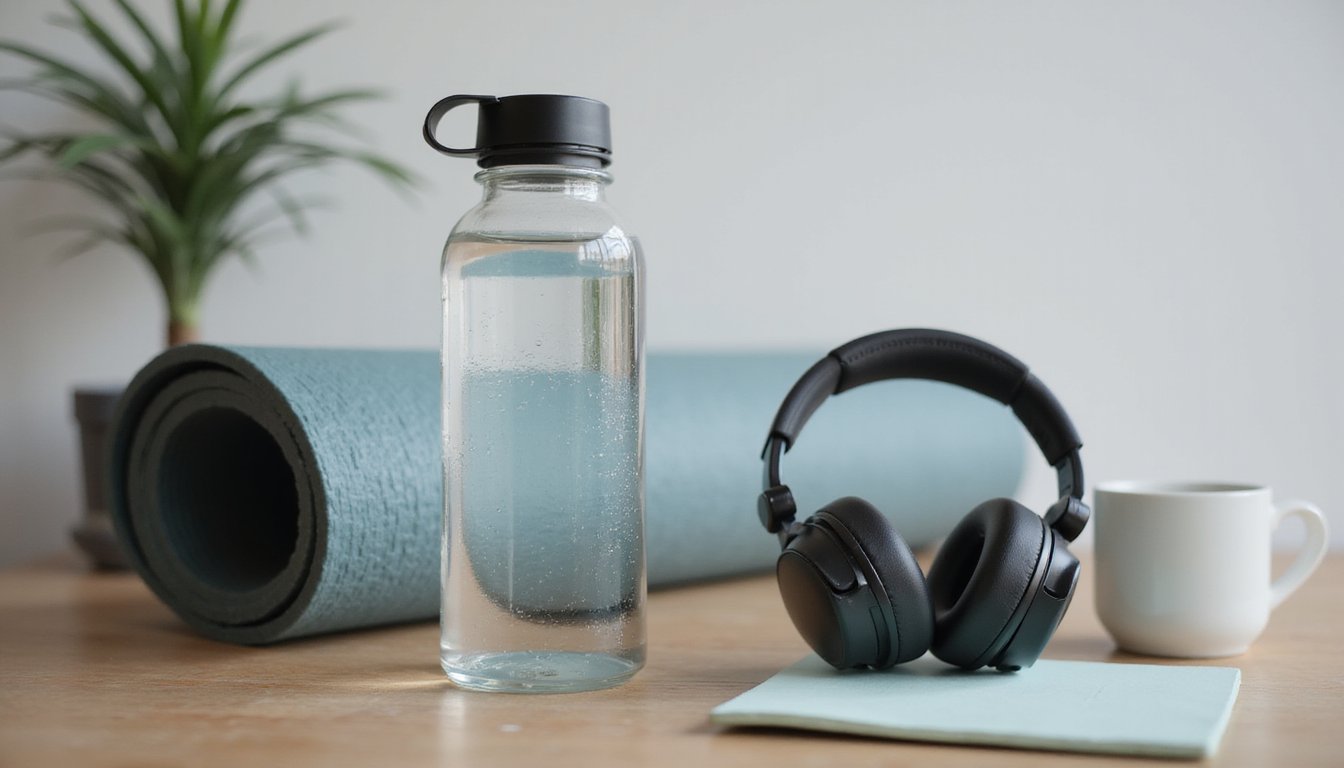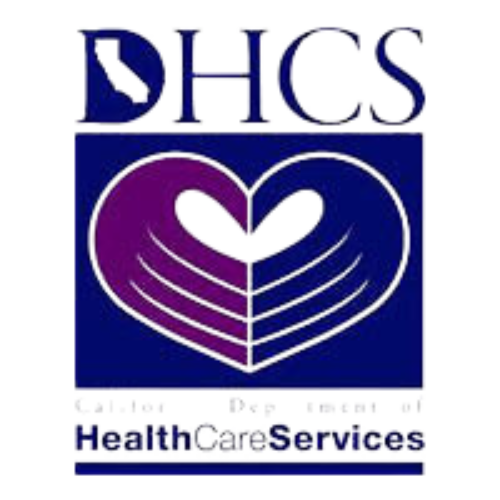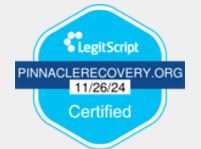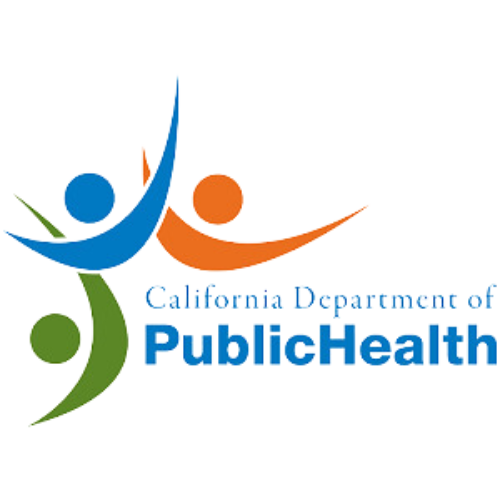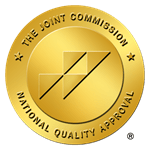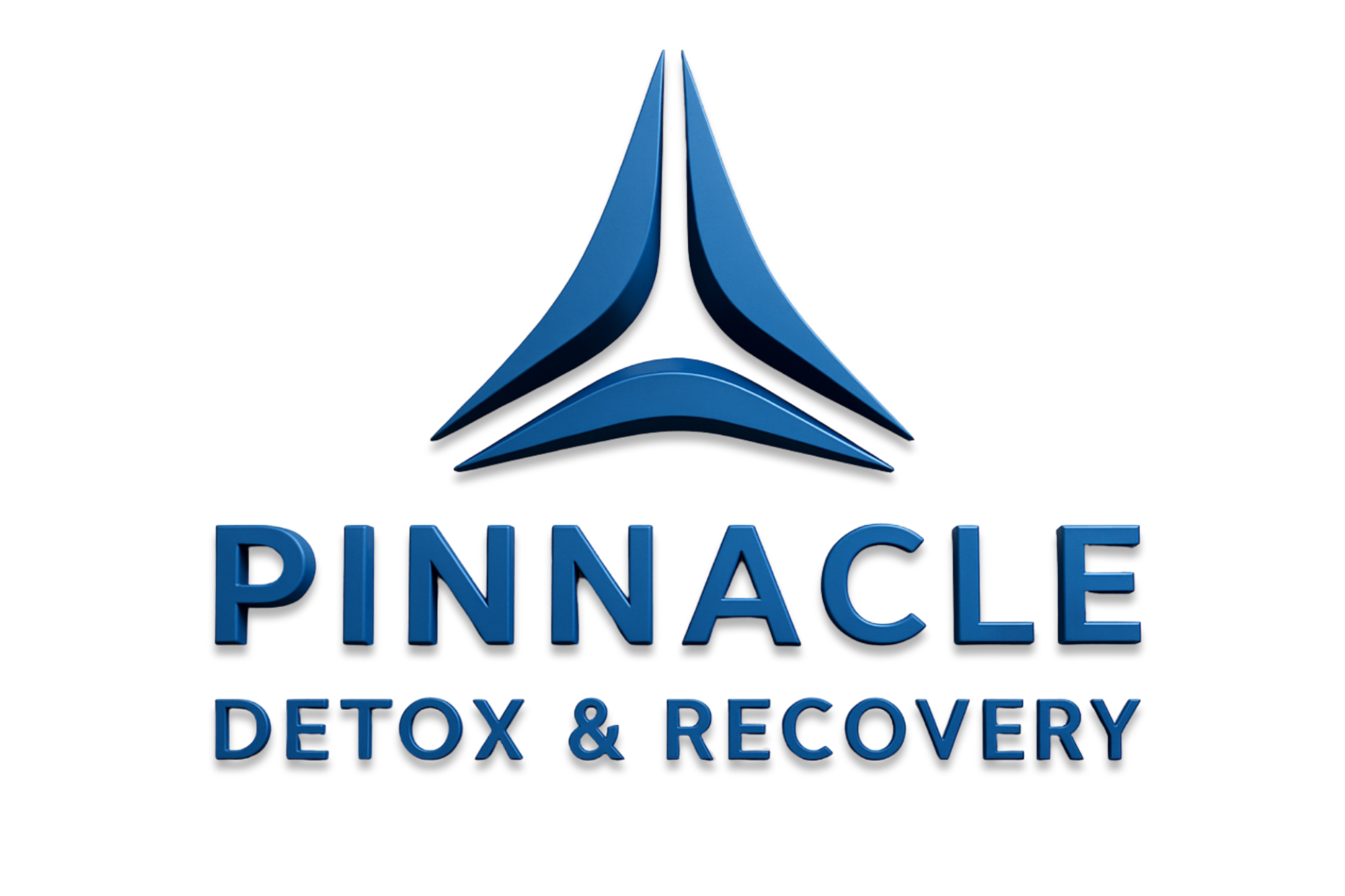You'll find the most success with an all-encompassing approach that combines evidence-based therapies like CBT and MBRP with a structured relapse prevention plan. Focus on managing your triggers, maintaining strong support networks, and prioritizing physical wellness through exercise, nutrition, and sleep. While setbacks can occur, viewing them as opportunities for growth strengthens your recovery expedition. Understanding these key strategies will help you build a more durable path to sustained sobriety.
 While traversing recovery from substance use disorders can feel overwhelming, evidence-based therapeutic approaches offer proven pathways to prevent relapse and maintain sobriety. You'll find that customized treatment approaches like CBT and MBRP have consistently demonstrated their effectiveness across diverse substances. CBT helps you identify triggers and develop coping strategies, while MBRP strengthens your emotional regulation through mindfulness practices. Understanding that relapse is a process rather than a single event helps create more effective prevention strategies. Research shows that sustained recovery is achievable for approximately 60% of individuals with substance dependence.
Your journey can be supported through personalized skill development, whether it's restructuring negative thought patterns or learning to navigate cravings. MI and MET amplify your motivation for change, while contingency management reinforces your positive choices through tangible rewards. These evidence-based methods aren't just theoretical; they've shown significant success in reducing relapse rates and supporting long-term recovery when matched to your specific needs. The recommended structure of twelve weekly sessions provides a comprehensive framework for developing and practicing essential recovery skills.
While traversing recovery from substance use disorders can feel overwhelming, evidence-based therapeutic approaches offer proven pathways to prevent relapse and maintain sobriety. You'll find that customized treatment approaches like CBT and MBRP have consistently demonstrated their effectiveness across diverse substances. CBT helps you identify triggers and develop coping strategies, while MBRP strengthens your emotional regulation through mindfulness practices. Understanding that relapse is a process rather than a single event helps create more effective prevention strategies. Research shows that sustained recovery is achievable for approximately 60% of individuals with substance dependence.
Your journey can be supported through personalized skill development, whether it's restructuring negative thought patterns or learning to navigate cravings. MI and MET amplify your motivation for change, while contingency management reinforces your positive choices through tangible rewards. These evidence-based methods aren't just theoretical; they've shown significant success in reducing relapse rates and supporting long-term recovery when matched to your specific needs. The recommended structure of twelve weekly sessions provides a comprehensive framework for developing and practicing essential recovery skills.
 Successfully managing triggers and high-risk situations forms the cornerstone of sustained recovery from substance abuse. You'll need to develop emotional intelligence to identify and understand your personal triggers, whether they're environmental, psychological, or social. Maintaining self-care activities like meditation and yoga can significantly reduce trigger responses. Frustration and stress often underlie trigger responses and require targeted coping strategies.
Start by creating a detailed list of your triggers and implementing both avoidance strategies and coping mechanisms. Understanding how emotional and cognitive triggers interact can lead to more effective prevention strategies. You can strengthen your resilience through evidence-based approaches like CBT, which helps you restructure negative thought patterns, and mindful awareness practices that teach you to observe cravings without acting on them.
Don't rely solely on avoiding triggers; build an extensive toolkit that includes stress-reduction techniques, journaling, and healthy alternative activities. Remember, it's not about perfection but progress. Professional support through therapy or structured programs can bolster your ability to navigate high-risk situations effectively.
Successfully managing triggers and high-risk situations forms the cornerstone of sustained recovery from substance abuse. You'll need to develop emotional intelligence to identify and understand your personal triggers, whether they're environmental, psychological, or social. Maintaining self-care activities like meditation and yoga can significantly reduce trigger responses. Frustration and stress often underlie trigger responses and require targeted coping strategies.
Start by creating a detailed list of your triggers and implementing both avoidance strategies and coping mechanisms. Understanding how emotional and cognitive triggers interact can lead to more effective prevention strategies. You can strengthen your resilience through evidence-based approaches like CBT, which helps you restructure negative thought patterns, and mindful awareness practices that teach you to observe cravings without acting on them.
Don't rely solely on avoiding triggers; build an extensive toolkit that includes stress-reduction techniques, journaling, and healthy alternative activities. Remember, it's not about perfection but progress. Professional support through therapy or structured programs can bolster your ability to navigate high-risk situations effectively.
 Physical well-being forms a vital foundation in your recovery path, where regular exercise serves as powerful medicine against cravings while building emotional resilience. You'll find that proper nutrition acts as essential fuel for your brain and body, helping to stabilize mood and energy levels throughout your sobriety process. Quality sleep completes this wellness triangle by enhancing your cognitive function and emotional regulation, making you better equipped to handle potential triggers and maintain your recovery momentum. Engaging in physical activities can significantly support your recovery by promoting the release of mood-regulating neurotransmitters. Walking programs offer a safe and accessible starting point for those beginning their recovery journey, particularly if you're dealing with limited physical capabilities. The connection between physical and mental wellness means that healthy lifestyle choices can dramatically reduce stress and anxiety during recovery.
Physical well-being forms a vital foundation in your recovery path, where regular exercise serves as powerful medicine against cravings while building emotional resilience. You'll find that proper nutrition acts as essential fuel for your brain and body, helping to stabilize mood and energy levels throughout your sobriety process. Quality sleep completes this wellness triangle by enhancing your cognitive function and emotional regulation, making you better equipped to handle potential triggers and maintain your recovery momentum. Engaging in physical activities can significantly support your recovery by promoting the release of mood-regulating neurotransmitters. Walking programs offer a safe and accessible starting point for those beginning their recovery journey, particularly if you're dealing with limited physical capabilities. The connection between physical and mental wellness means that healthy lifestyle choices can dramatically reduce stress and anxiety during recovery.
The Power of Evidence-Based Therapeutic Approaches

Building a Strong Relapse Prevention Plan
When starting on your recovery expedition, a well-structured relapse prevention plan serves as your personalized roadmap to maintaining sobriety. By incorporating documented action steps and personalized goal setting, you'll create an extensive strategy that addresses your unique challenges and triggers. Recovery requires ongoing attention and adjustment as you navigate through different phases of your journey.A personalized relapse prevention plan is your essential guide through recovery, helping you navigate challenges and maintain lasting sobriety.Research shows that over 32 percent of people relapse within their first year of recovery, making early prevention strategies crucial.
- Establish a support network including counselors, peer groups, and trusted family members who'll provide accountability and emotional stability during difficult moments
- Implement daily self-care practices like regular exercise, proper sleep, and mindfulness techniques to strengthen your physical and emotional resilience
- Monitor warning signs through consistent self-assessment and maintain a progress log to track achievements and identify potential relapse triggers early
Managing Triggers and High-Risk Situations

The Role of Support Groups and Community
Support groups and community connections serve as essential pillars in the recovery path, offering both emotional sustenance and practical tools for maintaining sobriety. By building community networks through group participation, you'll experience considerably higher abstinence rates and reduced relapse risks. Research shows that strengthening social connections through these groups can increase your chances of remaining substance-free by up to 90% over a ten-year period. While more rigorous research is still needed, studies demonstrate that peer support services provide significant benefits for substance use treatment outcomes. Studies indicate that active engagement improves treatment program completion rates. Due to the tremendous societal impact of substance use disorders, comprehensive treatment plans should include community-based support groups.- 77% of participants report stronger community bonds, while 81% develop more potent personal support networks
- Regular attendance reduces depression and anxiety while improving coping skills and emotional fortitude
- Group involvement boosts treatment retention and provides imperative aftercare support
Maintaining Physical and Mental Wellness

Exercise As Recovery Medicine
While many components contribute to successful recovery, exercise stands as one of the most powerful tools for both physical and mental healing during substance abuse treatment. The neurochemical benefits include increased dopamine and endorphins, which help restore balance to brain chemistry affected by substance use. You'll experience cognitive amplifications like improved memory and attention, while reducing cravings and depressive symptoms. Research shows that aerobic exercise decreases drug-seeking behaviors and the likelihood of relapse.- Regular physical activity as brief as 20 minutes can provide immediate relief from stress and urges
- Exercise helps regulate sleep patterns and elevates total immune function
- Structured workout routines create healthy daily habits that replace old using patterns
Nutrition Fuels Sustained Sobriety
Building on the healing power of exercise, proper nutrition plays a just as vital part in recovery by restoring your body and mind to best health. Your brain and organs need essential nutrients to heal from substance-related damage and support neurotransmitter balance, which directly affects your mood stability and cravings. When you consume balanced meals rich in whole grains, proteins, and fresh produce, you're actively supporting organ restoration while reducing the biochemical triggers that can lead to relapse. Your improved cognitive function will help you engage more effectively in therapy, while stabilized blood sugar levels naturally decrease substance cravings. Working with a dietitian can guarantee you're getting the right nutrients, especially B vitamins and amino acids, to optimize your recovery pathway and strengthen your commitment to sobriety.Sleep Hygiene Prevents Relapse
Nearly 80% of people in early recovery struggle with sleep disruptions, making quality rest a crucial yet often overlooked component of relapse prevention. Poor sleep weakens your emotional regulation and decision-making abilities, considerably increasing relapse risk. To protect your sobriety, it is necessary to prioritize circadian rhythm regulation through consistent sleep practices and address any co-occurring sleep disorders.- Create a sleep-friendly environment that's dark, quiet, and cool, while avoiding screens before bedtime
- Establish a calming pre-sleep routine incorporating mindfulness, gentle stretching, or reading
- Seek professional help if sleep issues persist, as CBT-I and other therapeutic interventions can effectively target sleep-disrupting patterns
